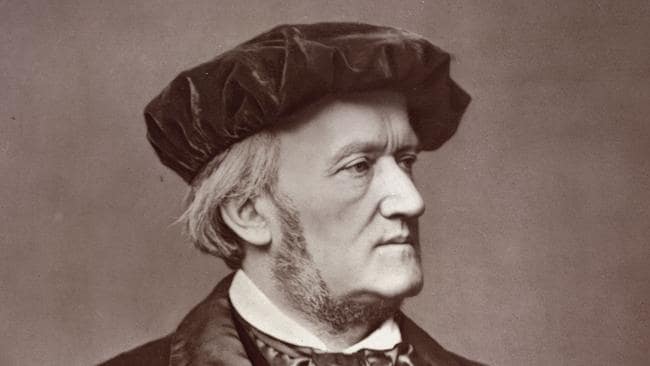“Wagner was an anti-Semite”: this unequivocal statement is made in the opening explanatory text at an exhibition on the 19th-century German composer at Berlin’s German Historical Museum.
Given the casualness with which allegations of racism are made against historical figures nowadays, it makes sense to be wary of such sweeping judgments. Failing to use language that would be considered appropriate in a contemporary university seminar is generally enough to fall foul of today’s culture warriors.
It is certainly a shocking charge made against a man widely regarded as one of the greatest composers of all time. Richard Wagner is best known for his operas including The Ring of the Nibelung (a cycle of four dramas), Tristan and Isolde, The Master Singers of Nuremberg and Parsifal. For all these works he wrote both the music and the librettos (texts). Although the works are not to everyone’s taste, they are revered by many. He was also, among other things, a conductor, theatre director and writer on many topics.
Unfortunately, despite the composer’s undoubted genius, the exhibition Richard Wagner and the Nationalisation of Feeling shows the charge of anti-Semitism is entirely justified. Even by the standards of his time he professed many rabidly anti-Semitic ideas.
This was reflected most notoriously in his 1850 essay, Judaism in Music. Several versions of the work are on display in the exhibition, including the original handwritten manuscript, the version from 1850 published under a pseudonym and a printed version from 1869. There is also a media station devoted to the topic.
Wagner’s reputation is tarnished further by the fact Adolf Hitler was an avid fan. The Nazi dictator loved most (although evidently not all) of Wagner’s operas. He also spoke approvingly of Wagner’s anti-Semitism. According to Bryan Magee, author of Wagner and Philosophy, Hitler always ordered a performance of The Master Singers at party rallies in Nuremberg.
Read ther article by Daniel Ben-Ami in The Australian.

